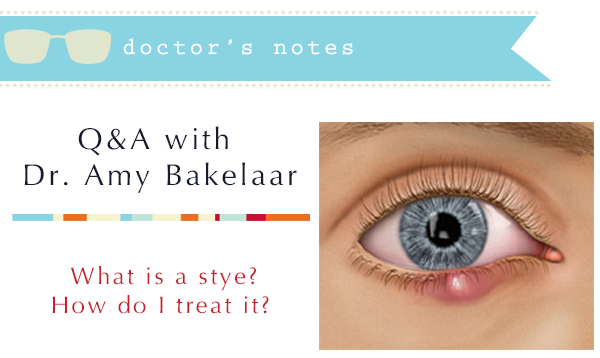Driving Fitness - how to decide?
/
How can you feel confident that the drivers around you on the road are fit and capable of good driving? Image courtesy of www.FreeDigitalPhotos.net
What should you do if you are worried about you own driving fitness or the ability of a close friend or relative to be a safe driver? We have all heard stories of people who were injured or killed by a driver who should "not have been on the road". It seems easy to make the judgment about who should or should not be allowed to drive but it is very difficult. The decision to allow yourself or a loved one to keep on driving can be emotional and can cause huge rifts or arguments within families. Losing your driver's license means a loss of independence, autonomy, self-respect and may even require moving from a home to a location more accessible for public transportation. It can cause depression and stress among everyone involved in making the decision.
Yet, despite the difficulties, assessing driving fitness is an extremely important part of keeping our communities safe and confident on the road. According to Transport Canada, the latest statistics from 2013 indicate that over 9 million Canadians over the age of 55 were licensed drivers and in one year alone, over 12,000 fatalities or serious injuries occurred as a result of driving accidents. Visual and cognitive impairment can affect anyone at any age and needs to be addressed sensitively and with measurable results.

Driving allows us freedom to explore with curiosity and appreciation. Keep our roads safe by making responsible choices for you and your loved ones. Ensure driver fitness before it's too late.
Vision standards for drivers in Alberta are determined by your visual acuity (how well you see either with or without glasses) and your visual field (how much peripheral vision you have). More information can be seen on our link here:
However, driving fitness goes well beyond vision requirements. More importantly, the driver's cognitive fitness can greatly affect his or her ability to be a safe driver. In Alberta, we now have the ability to have experts take the decision out of our hands and to provide an objective evaluation regarding the patient's ability to drive. DriveABLE is a private, independent assessment agency and is not affiliated with the Government of Alberta. The assessments include evaluation by a cognitive assessment tool which is predictive of actual on-road driving ability. The results are standardized and measured objectively which can remove the emotional aspect of the decision and give clear direction regarding the driver's ability. The assessment results are reviewed by the physician with their patient and can be provided to Alberta Transportation.
Driving is a privilege that many of us enjoy. Let's keep the roads and our communities safe by using sensitivity and responsibility when deciding when it is time to relinquish that privilege.
































